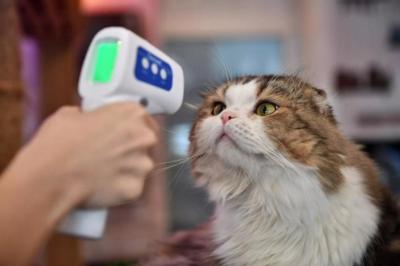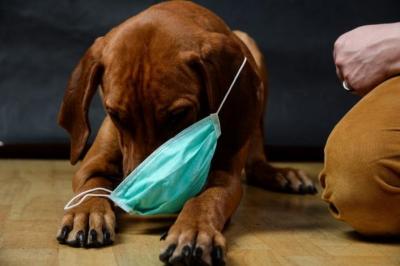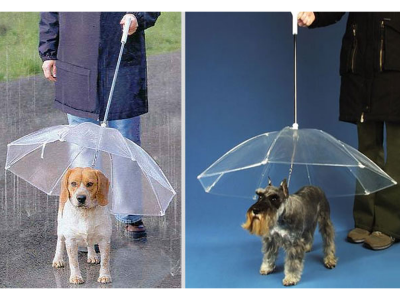Cats and dogs can also get infected with COVID-19, claims new scientific reports
By Lokmat English Desk | Published: October 8, 2020 02:21 PM2020-10-08T14:21:09+5:302020-10-08T14:21:09+5:30

Meanwhile, coronavirus cases in India have crossed the 68-lakh mark with a fresh spike of over 78,000 new cases as of Thursday. The Covid-19 death toll has also gone past the 1-lakh mark in India and reached 1.05 lakh.

India saw a single-day rise of 78,524 COVID-19 cases taking the virus caseload to over 68 lakh, while the number of people who have recuperated surged to 58,27,704, according to the Union Health Ministry data updated on Thursday.

The national recovery stands at 85.25 percent. The total coronavirus cases mounted to 68,35,655, while the death toll climbed to 1,05,526 with 971 people succumbing to the disease in a span of 24 hours, the data updated at 8 am showed.

A new scientific report confirms that cats and dogs can be infected by the novel coronavirus and that neither animal is likely to get sick. Cats, however, do develop a strong, protective immune response, which may make them worth studying when it comes to human vaccines.

There is still no evidence to suggest that pets have passed the virus to humans, although cats do shed the virus and infect other cats.

Infected dogs in the new study didn’t produce the virus in their upper respiratory tracts and didn’t shed it at all, although some other studies have found different results. Neither the cats nor the dogs in the study showed any illness.

The authors of the report in the Proceedings of the National Academy of Sciences published Tuesday point to real-world transmission to emphasize why pets are not a significant concern for human infection.

Angela M. Bosco-Lauth, Airn E. Hartwig, Stephanie M. Porter and other researchers at Colorado State University’s College of Veterinary Medicine and Biomedical Sciences note that while millions of humans have been infected with the virus worldwide and 1 million have died, there are only a handful of reports of pets that have become infected naturally.

If cats can shed the virus, why aren’t they infecting people, which is a theoretical possibility? One reason is that the number of humans who have contracted the virus is so large, and they are the ones giving it to cats. Another possible reason is that infection in everyday life is very different from an infection in the lab.

In the new experimental work, scientists inserted pipettes in the nasal cavities of cats and dogs to give them the virus. The animals received anaesthesia before the procedure, but the point is that this doesn’t happen in most homes. Later, other cats were put into close contact with the infected cats, who were shedding virus.

Does this happen in the real world? There is some evidence of street cats in Wuhan, China, having been exposed to the virus. But it may be that in the United States because many cats are kept indoors, transmission is minimal.

Or, Bosco-Lauth said, cat infection with the virus could be relatively common without humans noticing, because of a lack of symptoms. “Those cats that were infected in the experiment?” she said. “You would never have known.”

Also, outside a lab, infection depends mainly on breathing in viral particles from an infected person and normal contact doesn’t necessarily translate into infection for animals. Ferrets have been shown in the laboratory to be susceptible to infection with the virus, and to spread it to other ferrets.

The researchers concluded that there could be genetic barriers to infection that are overcome in a lab with concentrated doses of virus. Minks, which are in the same family as ferrets, appear to be very easily infected, and to get sick from the disease. Researchers have also reported transmission from animals to humans at mink farms in the Netherlands in a paper not yet peer-reviewed. Sawatzki said the paper showed, “very strong evidence of multiple, independent mink-to-human transmission events.”























